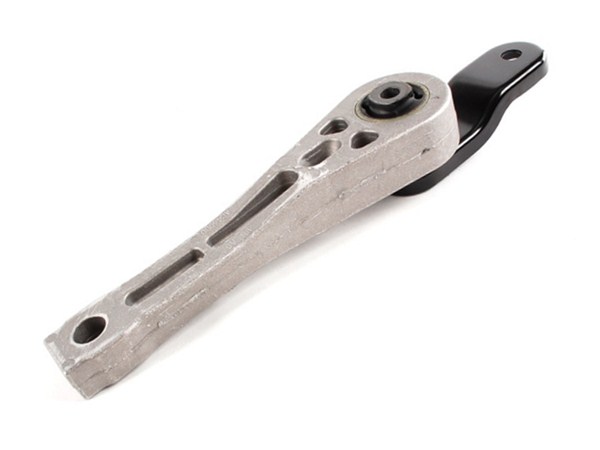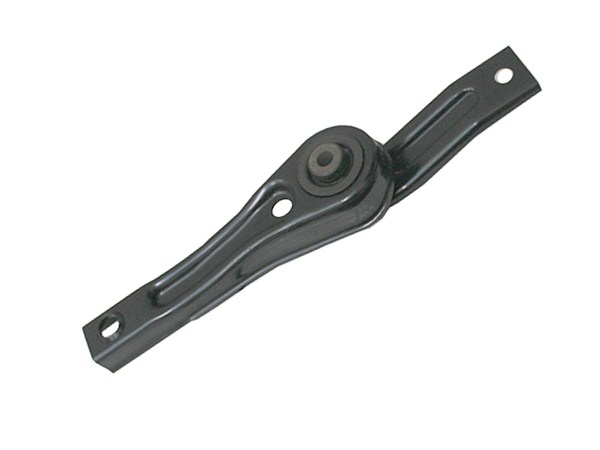
The job of the motor and transmission mount is to keep the engine and transmission secured to the vehicle's frame. In doing so, it also dampens and confines the vibrations within the chassis so they won't be felt all the way to the cabin. As the mount keeps the engine and transmission from swinging wildly or rocking back and forth, it also keeps some components safe from damage caused by the impact. Other than that, this also makes the ride more comfortable and a lot smoother.
What are the different types of motor and transmission mount?

Motor and transmission mounts can be made of polyurethane or traditional rubber. Some of them are fluid filled. No matter what type of mount is used, its function is basically the same: to secure the engine and transmission to the vehicle frame and support weight.
Some applications use fluid-filled hydromounts. These mounts are more effective than conventional rubber mounts when it comes to absorbing engine vibrations. However, these are much more expensive. They also tend to leak and break after some time. Solid rubber mounts make great repair alternatives. These mounts are made using a solid rubber cushion element, which is laminated to steel backing plates. The plates are bolted to the transmission, engine, and chassis. Unfortunately, their vibration-dampening abilities aren't as good as the original mounts. For late-model import vehicles, active mounts that are electronically controlled are used. With this special feature, the stiffness of the mounts can be altered or adjusted. As a result, harmonics are controlled or wiped out while the vehicle runs at different engine loads and speeds. To adjust the mount's stiffness, vacuum actuator can be used. This can help create some sort of .counter shake' so that engine vibrations at varying speeds can be neutralized.
What will happen when the motor and transmission mount breaks?

When this mount breaks or becomes loose, the engine and transmission may move excessively. Some components may get damaged because of the vibrations or impact. For instance, a belt-driven fan may slam against the fan shroud or bump into the radiator hoses. A bad engine mount may also cause radiator failure or heater hose breakage, and in other cases, a bound or stuck throttle linkage. Meanwhile, a faulty transmission mount won't only create some noise when starting the vehicle or during acceleration. This may lead to poor clutch operation or malfunctioning gear shift linkage as well. When the mount fails, the whole ride can be uncomfortable. There are also some risks involved when driving.
What are the signs of a faulty motor and transmission mount?
Engine noise and vibrations can be blamed on a faulty or bad mount for the engine and transmission. The symptoms include shaking during start-ups and thumping during acceleration or hard braking.
You may experience some steady lurching as you switch on the starter. Usually, for FWD vehicles, you'll encounter some back and forth rocking motion. For rear-drive vehicles, the rocking is from side to side. This motion will turn into monotonous vibrations once the vehicle has been started. When ignition is shut off, you'll encounter what's described as a quick lurch.
When dealing with a bad motor and transmission mount, you'll also notice a hard thump on FWD vehicles when you accelerate or brake hard. Thumping is a common symptom for a damaged transmission mount. The noise it makes feels like something is hitting the chassis or undercarriage. This can cause parts like bolts to be sheared or be damaged in the long run.
